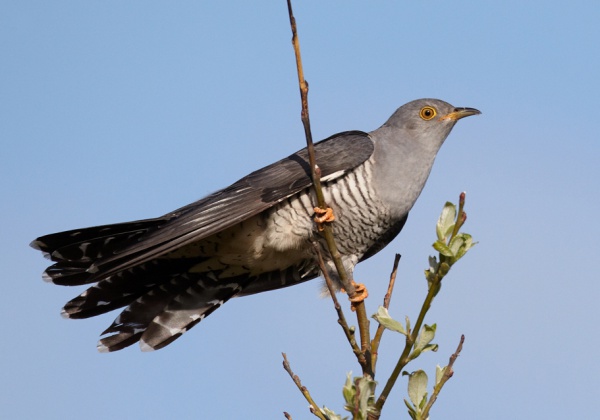Facts About Common cuckoo
The common cuckoo is a captivating bird well-known across Europe and Asia during the summer, and it migrates to Africa for the winter. Renowned for its deceptive nature, this bird lays its eggs in the nests of other bird species, tricking them into raising its offspring. There are four subspecies of the common cuckoo worldwide. Although there has been a decline in its global population, the species is still classified as "Least Concern" by the IUCN, with an estimated population of 25-100 million individuals.
Physically, the common cuckoo is a slender bird with a greyish body and a long tail. Males are predominantly slate-grey, while females can be either grey or rufous-brown. They undergo molting twice a year and primarily feed on insects, particularly hairy caterpillars. One of the most notable features of the common cuckoo is its call, with males producing a distinctive "koo-ko" sound.
One of the most intriguing aspects of the common cuckoo is its mimicry. It can imitate the appearance of the sparrowhawk to scare away potential host birds. Female cuckoos lay eggs that closely resemble those of their host species, an evolutionary strategy designed to increase the chances of the host being deceived. Once the cuckoo chick hatches, usually after 11-13 days, it will push out the host's eggs or chicks to ensure it receives all the food and attention.
In Europe, the presence of the common cuckoo is a positive indicator of biodiversity, reflecting the variety and health of bird communities. This bird has been extensively studied for its unique breeding behaviors, mimicry techniques, and interactions with host species. Research has highlighted the complex co-evolutionary relationships between the cuckoo and the birds it parasitizes.

 Ghana
Ghana